Frequency Response Measurement using Signal Scope Pro for Mac
I am attempting to use Signal Scope Pro for Mac to perform frequency response tests for a Hi-Fi Speaker and Subwoofer system. The equipment I am using is as follows:
Microphone: Rode NT2000 Professional Studio Condenser Mic (this has a pretty flat response down to 20 Hz with a slight lift around the 10 KHz)
Audio Interface: Apogee Duet (features a microphone pre-amp with 48V phantom power)
Computer: Mac Pro running Mavericks
Signal Source: Test CD with 20 Hz to 20 KHz sweep test tone
I can achieve a frequency response using the 1/3 Octave Analyser and peak hold function. However, I would like to use the FFT Analyser to provide more detail on frequencies. I have read the tutorial on how to do this but cannot find the way to create a frequency trace which draws the whole response (and remains) on screen. The tutorial shows a completed frequency response for an interface. Every time I try to follow the instructions the FFT only shows me what is happening at that precise moment, not the full result of the frequency sweep from 20 Hz to 20 KHz.
Am I doing something wrong? I cannot seem to find any way to recreate the frequency response graph as shown in the tutorial. I have also tried using the Signal Generator function to provide the Test Tone sweep but this makes no difference.
I am aware of the limitations of measuring in a room and the effect it has on response. I have a room that has been professionally acoustically treated with absorption and bass traps so I have a good understanding of acoustics.
Regards
Richard
Microphone: Rode NT2000 Professional Studio Condenser Mic (this has a pretty flat response down to 20 Hz with a slight lift around the 10 KHz)
Audio Interface: Apogee Duet (features a microphone pre-amp with 48V phantom power)
Computer: Mac Pro running Mavericks
Signal Source: Test CD with 20 Hz to 20 KHz sweep test tone
I can achieve a frequency response using the 1/3 Octave Analyser and peak hold function. However, I would like to use the FFT Analyser to provide more detail on frequencies. I have read the tutorial on how to do this but cannot find the way to create a frequency trace which draws the whole response (and remains) on screen. The tutorial shows a completed frequency response for an interface. Every time I try to follow the instructions the FFT only shows me what is happening at that precise moment, not the full result of the frequency sweep from 20 Hz to 20 KHz.
Am I doing something wrong? I cannot seem to find any way to recreate the frequency response graph as shown in the tutorial. I have also tried using the Signal Generator function to provide the Test Tone sweep but this makes no difference.
I am aware of the limitations of measuring in a room and the effect it has on response. I have a room that has been professionally acoustically treated with absorption and bass traps so I have a good understanding of acoustics.
Regards
Richard
0

Comments
Are you referring to the tutorial on the blog (http://blog.faberacoustical.com/2013/mac/frequency-response-measurement-with-signalscope-pro-3-mac/)?
If you follow the tutorial, you will have the sweep set to repeat. You will also have the sweep length configured to match the FFT. If either of these is not configured as indicated in the tutorial, then you won't see a stable frequency response magnitude trace in the FFT analyzer. Additionally, the FFT analyzer will need to be using a Uniform (rectangular) data window.
Frequency response measurements are much easier, more reliable, and more precise when you use the Dual FFT Analyzer tool in Electroacoustics Toolbox. The Dual FFT tool will also give you phase, group delay, coherence, impulse response, and cross-correlation data.
Ben
Thanks for the response. Yes the tutorial I was referring to is the one you included a link to. I think I now understand the use of the SignalGenerator sweep as per your instructions. I will try this out.
When you say the Dual FFT Analyser is better for frequency response measurements, can you explain to me what it does that makes it better?
Thanks for the advice to date. Much appreciated!
Regards
Richard